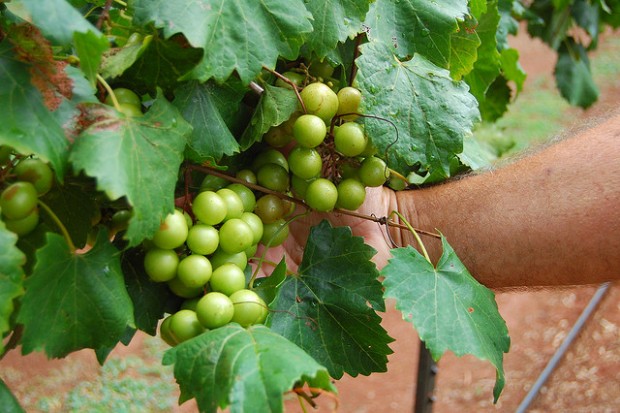From cost-effectiveness to safety, there are many benefits to be had from growing organic food in your own home. You can track where your food comes from, teach children about healthy food, and never pay for produce again. Growing organic food at home is a very simple and enjoyable pastime once you know how to do it.
Quality Soil
One of the most important things to consider when you begin planning your organic garden is the type of soil you need. While different plants thrive in different types of soil, you can purchase a good blend of soil for growing most fruits, vegetables, and herbs. Search the web to find a local source for compost, or grow your own in a compost bin or pile in your yard. A blend of equal parts river bottom topsoil and compost works very well for the home gardener’s needs. Silt loam makes a great medium for the topsoil blend, and works very well in raised garden beds, which are common preferences for home gardeners.
Good Seeds
As tempting as it can be to buy seeds for mere cents, you must keep in mind that cheap seeds are often not organically sourced, and could result in inferior produce. Spend just a few dollars more on heirloom organic seeds for a higher quality crop. Order these seeds from a local grower that you trust or an online heirloom seed company. The savings on produce overall will pay the cost of the seeds back over time. It is also often possible to purchase large packs of seeds in bulk to save money. When you regularly consume organic crops, you can also use the seeds from your food in your growing endeavors.
Year-Round Salads
It is simple and easy to grow organic salad in your home all year long. Use the plastic produce punnets your strawberries come in as cheap DIY greenhouses. Line the bottoms of the plastic containers with damp paper towels to help prevent your soil from spilling, and then sow your seeds. Let the seeds germinate in a dark place until you have little shoots sprouting free, then place your container on a windowsill with partial sunlight to keep the seeds growing throughout the various seasons. Harvest and re-plant as you require to keep your family well stocked with fresh, organic food.
Garden Zones
During the planning and preparation of your outdoor garden, be sure to consult a USDA Hardiness Zone guide. The National Arbor Day Foundation regularly updates these zones in accordance with climate change. A zone guide is often displayed on the backs of seed packets, but they are also available online or from growers as well. Check the map for your area to ensure that you plant your seeds during the right time of year. Consult a Farmer’s Almanac for helpful advice as well.
If you choose to purchase seedlings that are already started, be sure to select plants that are free of pesticides and chemical fertilizers. Check with friends and neighbors to find out where they obtain their seedlings, or visit your local farmer’s market to buy starter plants there. Once you start growing your own food, the taste and savings alone will make you into a life-long farmer.

